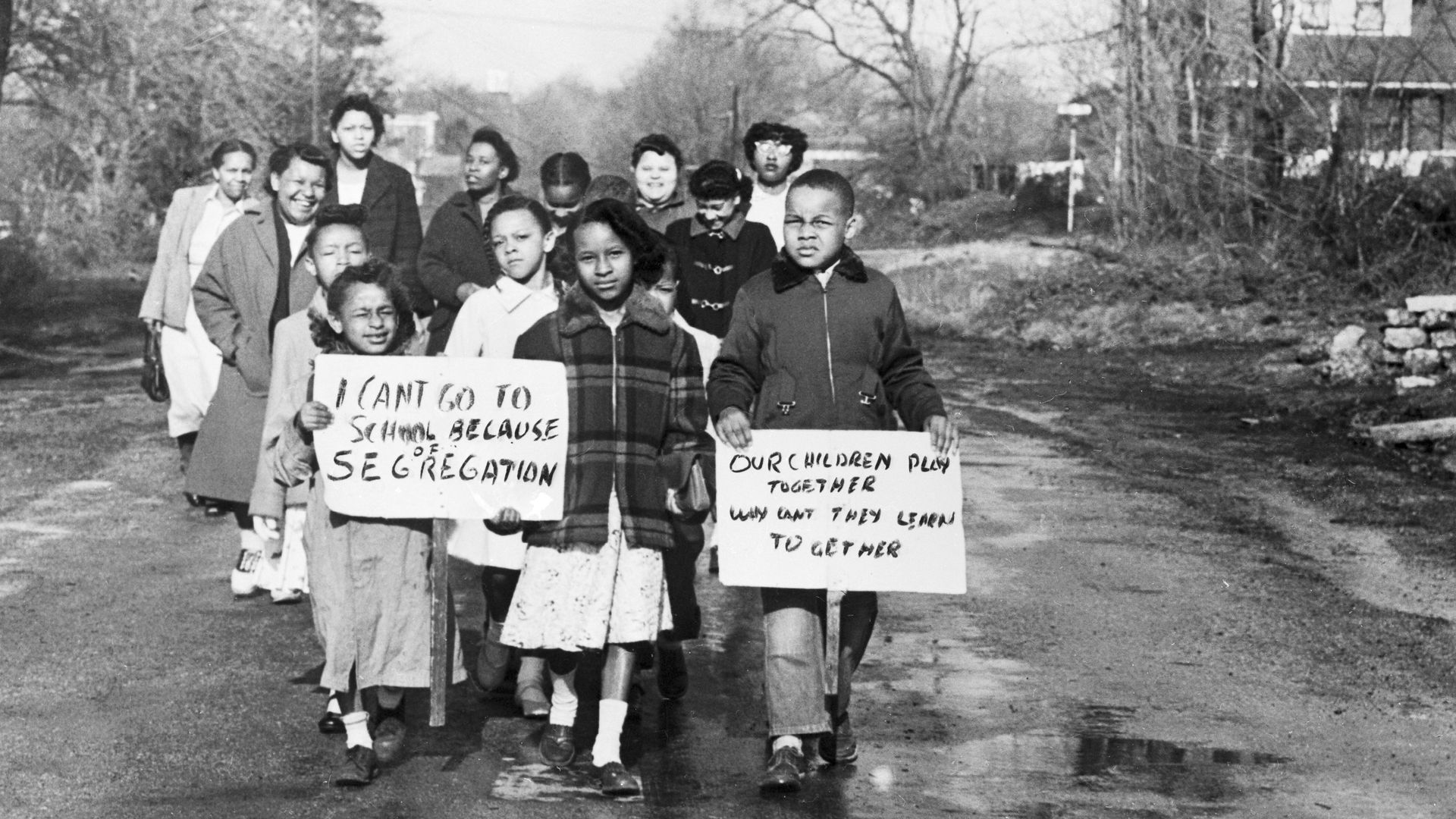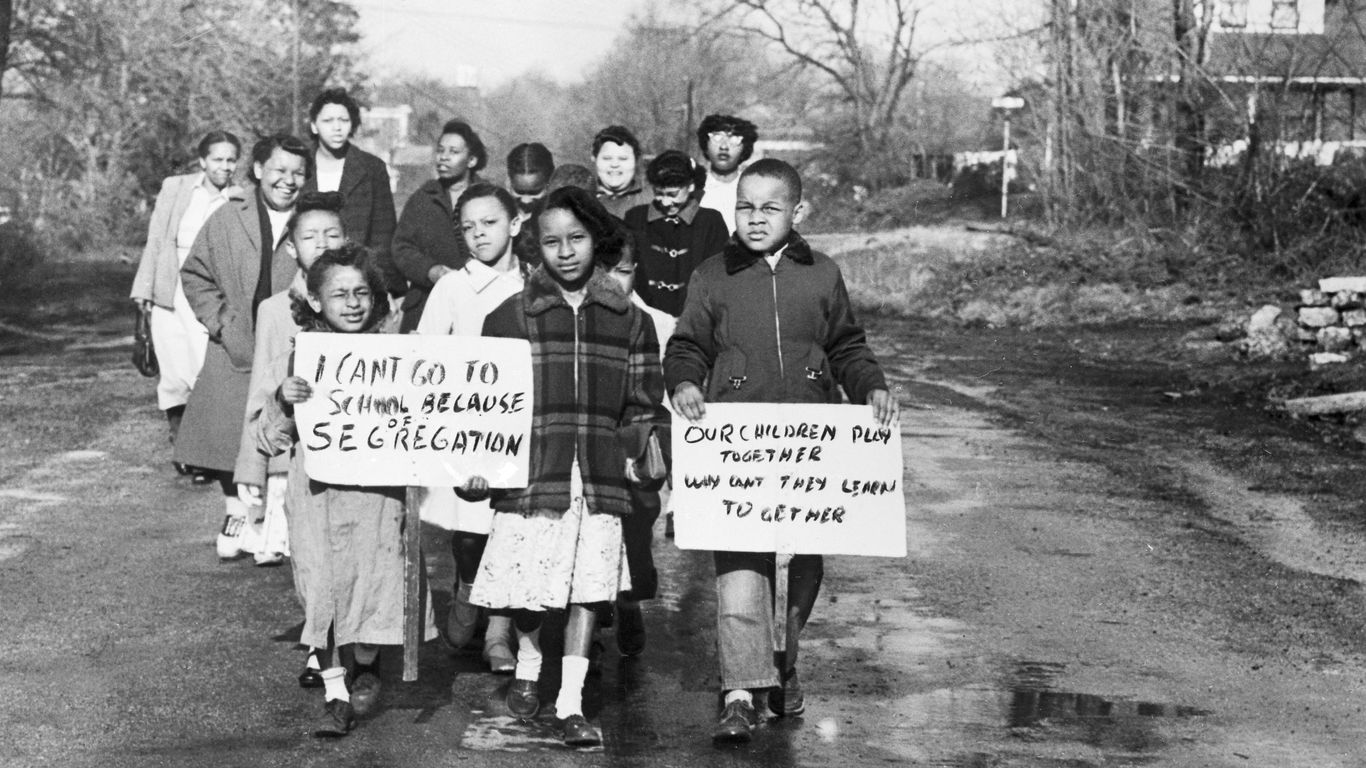
On May 17, 1954, the United States Supreme Court handed down a landmark decision in the case of Brown v. Board of Education. The ruling struck down the legal basis for segregated schools and paved the way for integration in education. Seven decades later, progress towards equal educational opportunities continues to be a work in progress.
President Joe Biden will commemorate this historic milestone on May 19 by meeting with plaintiffs and their families from Brown v. Board of Education and related cases at the White House. He is also scheduled to deliver a speech marking the anniversary at an NAACP event on May 20.
Meanwhile, in Pittsburgh, Carol Dyas recalls her experiences as a Black student attending Langley High School during the late 1950s. She was falsely accused of stealing chalk by a white teacher and faced discrimination despite being one of the few Black students serving as a classroom leader.
Despite Brown v. Board's ruling, school segregation persists in various forms, particularly along socioeconomic lines. Kathy Giglio attended a high school in Bridgeport, Connecticut with subpar conditions and limited resources for students. Her 10-year-old daughter now faces similar challenges.
In Columbus, Ohio, the legacy of Brown v. Board is complex. The city challenged a federal judge's ruling to desegregate schools in the late 1970s, leading to a new busing program that drove many white families to the suburbs and furthered racial and economic divides.
Topeka, Kansas, where Brown v. Board was decided, continues to grapple with segregation in education. Williams Science & Fine Arts Magnet School is located near the former Monroe school which was at the center of the Supreme Court ruling ending segregation in public schools 70 years ago.
Biden's commemoration of Brown v. Board comes as debates over education policies and funding continue to dominate political discourse. The anniversary serves as a reminder that progress towards equal educational opportunities remains an ongoing challenge.



